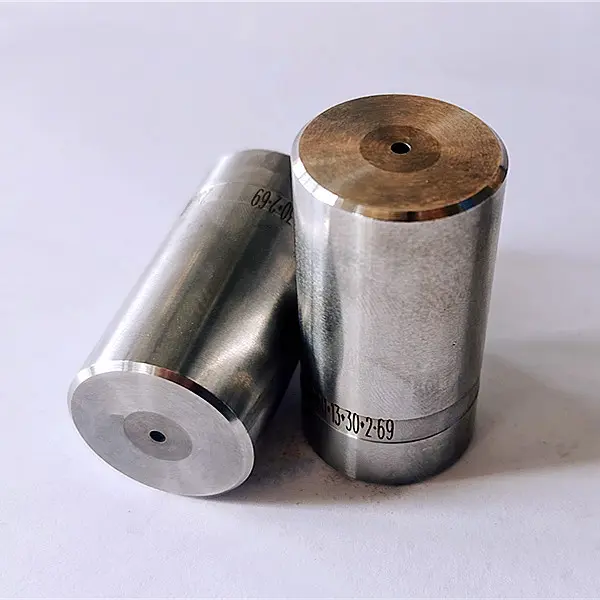Introduce:
In manufacturing, molds play a vital role in shaping and forming various materials. One of the most critical parts of the mold is the first head mold, which ensures precise and efficient production of complex parts. However, without adequate design and planning, the first header mold can easily fail, leading to costly consequences and production delays. In this blog post, we’ll explore the importance of proper design and planning to prevent your first manifold failure.
Understanding First Joint Die Failures:
A first header mold failure is any event that causes a mold to fail during operation, resulting in poor results, increased reject rates, and potential damage to other mold components. Several factors can lead to first header mold failure, including overheating, insufficient lubrication, improper material selection, poor mold design and insufficient maintenance.
Effects of first header mold failure:
The first head die failure can have serious consequences for the manufacturer. In addition to the financial impact, such failures can lead to tool damage, unplanned downtime, reduced productivity, increased workload for maintenance personnel and the need for additional rework. These issues can negatively impact a company’s reputation, customer satisfaction and overall profitability.
Design an efficient first joint die:
Designing an effective first mold requires a thorough understanding of material properties, specifications of required components and operating conditions. It is critical to work closely with experienced engineers and mold makers to ensure proper design and function of the mold. Factors to consider during the design phase include cavity size, material flow characteristics, cooling requirements, mold life estimation and appropriate mold material.
Proper planning of life and efficiency:
In order to avoid failure of the first joint tooling, a robust and proactive planning approach is essential. This includes regular maintenance and inspections, lubrication schemes, mold cleaning procedures and changing mold materials when necessary. Implementing an organized preventative maintenance program can help detect anomalies, address wear issues, and keep your molds in top working condition. Regular training of operators in mold handling and maintenance guidelines also plays a vital role in preventing breakdowns.
Benefits of proper design and planning:
There are many benefits to implementing sound design and planning practices to prevent the first manifold failure. By reducing the likelihood of mold failure, manufacturers can optimize their production processes, reduce scrap rates, improve part accuracy and increase overall efficiency. Additionally, well-maintained molds can last longer, reducing the need for frequent replacements and the associated costs.
In conclusion:
Proper design and planning are critical to the successful run of the first head mold. By investing time, effort and resources in designing robust molds and implementing a comprehensive maintenance program, manufacturers can prevent failures, optimize productivity and reduce costly setbacks. Working with seasoned professionals in the field and keeping abreast of the latest advances in tooling technology will ensure your manufacturing processes run smoothly, producing high-quality components that increase customer satisfaction and business success.
Post time: Aug-17-2023



